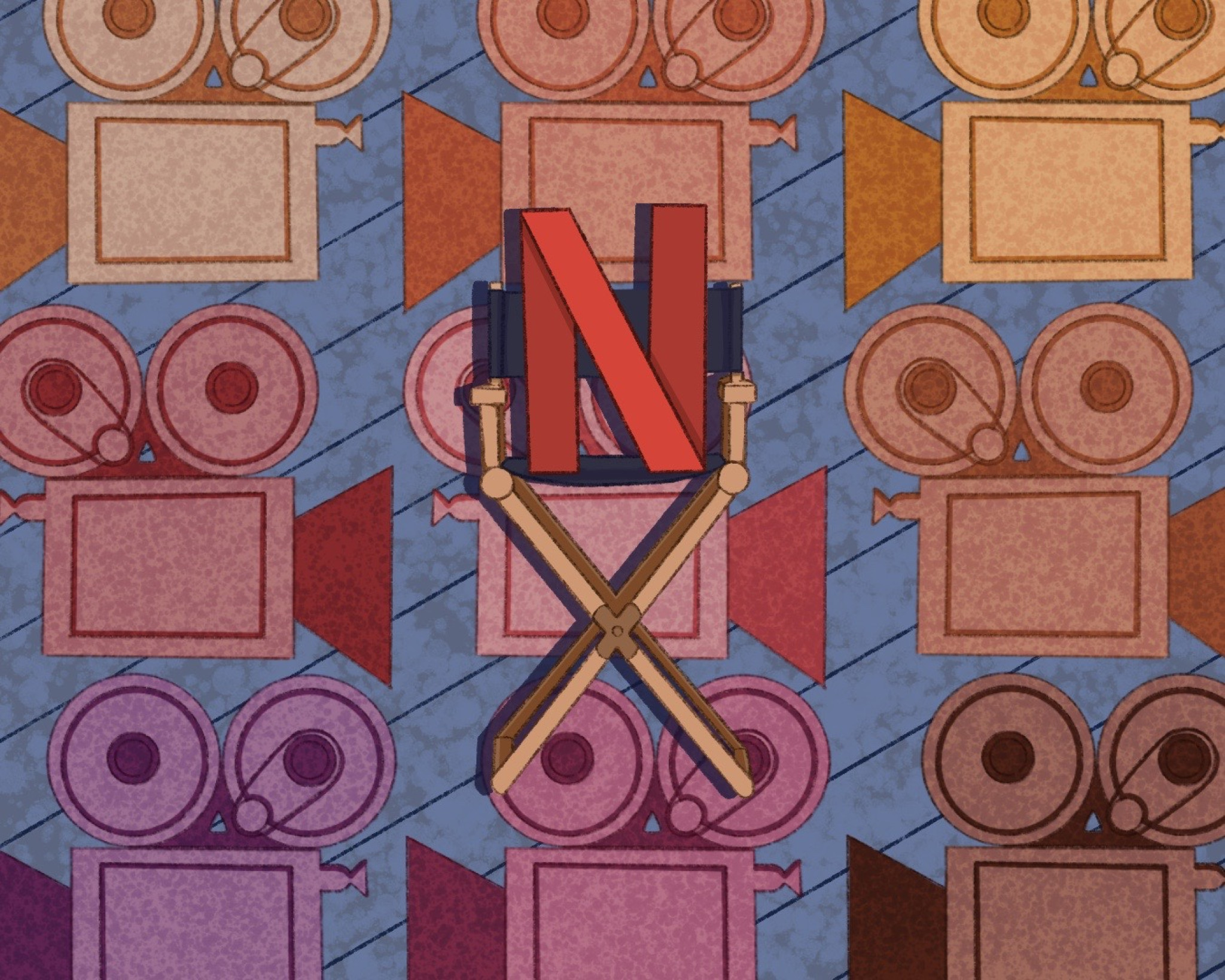Netflix originals are the polished force that have been taking over recent entertainment. With the success of House of Cards in 2013, Netflix has been cranking out more and more of these mysteriously labelled "N" series and movies. Other platforms have even tried getting in on the craze, but what actually makes a Netflix original? The truth is, there are several reasons certain entertainment factors get the Netflix original label.
A Netflix original is a show or movie that Netflix has worked on or collaborated with at any point of the process. This includes shows canceled on traditional networks that were picked up and funded by Netflix, in addition to ones completely or co-produced by Netflix. Netflix often provides financial backing, and uses their vast market research to fund sure hits. The company also licenses content and streams it elsewhere, which seems to really be pushing the envelope for "original."
Nonetheless, this strategy of scouting the market has paid off for Netflix. The platform reveals what data it collects in its privacy policy fine print, and a part of the information it stores is a complete log of each user’s “activity on the Netflix service, such as title selections, shows you have watched, and search queries.” Netflix can monitor the viewing habits of millions of users, and make strategic decisions off of it. Some think this has led to an increasingly similar lineup of shows, and it's no help that they are pushed heavily on the front page, becoming the first thing you see when you open Netflix. This idea of conforming to viewer habits has even led to archetypes of characters showing up in more than one show, which makes one wonder if Netflix has something to do with a decline in the originality of the entertainment industry.
The 2013 drama series House of Cards was the very first Netflix original, and it was quite the starting point. Produced with the explicit intent to only be available on Netflix, it received thirty-three Primetime Emmy Award nominations. While Netflix may have already planned to create more shows in the model of House of Cards, the success of the original “original” definitely sealed the deal.
In tandem with the growing diversity in recent media, Netflix has been breaking out shows like Bridgerton and Shadow and Bone. These ventures into a diverse cast have drawn incredible support and ratings, with Bridgerton being praised for its genre-breaking representation of a racially integrated Regency period. From a business perspective, it makes sense that Netflix is funding more shows with an updated look on diversity.
The unfortunate consequence of this experiment is the possibility of playing into tropes, and coming out with token minorities. Even if it’s well intentioned, the decision can look out of touch, or even exploitative. As such, despite Bridgerton’s praise, it was slammed for those reasons. The trailer teased prominently at a queer storyline, but avoided it almost entirely in the real show. This phenomenon has become known as “queerbaiting.” By seeding queer representation in advertisement, shows and movies can tease at diversity while continuing to make the final product conform to antiquated or oppressive standards.
Throughout Netflix, title cards for shows often feature people of color for a show that is lacking in that area, using a character’s diversity as a hook, or inclusionary token, when the content of the show isn’t quite as involved as it makes itself seem. Although advertisements of this variety can be a step in the right direction, especially as it acknowledges the public’s desire for more diverse media, Netflix still falls short at times, taking the originality out of its “originals.”





